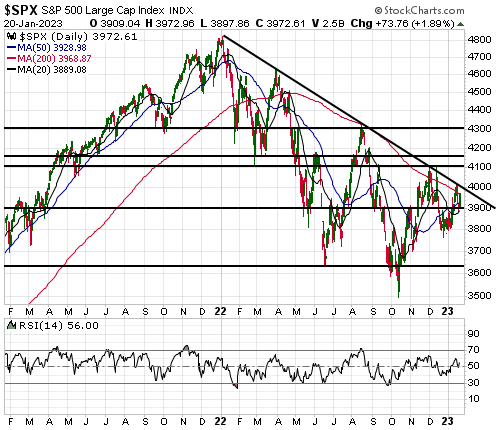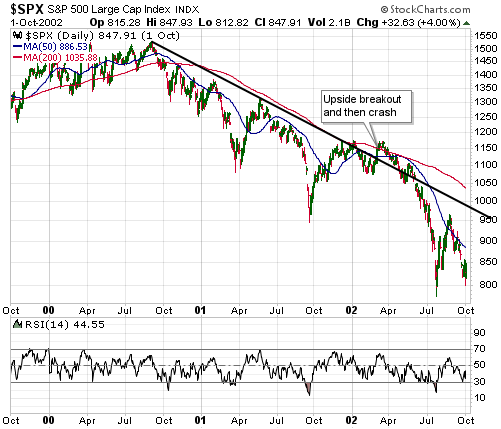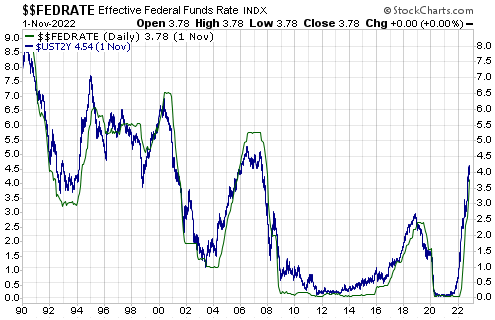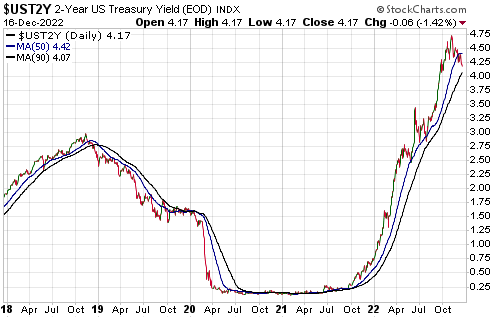[This blog post in an excerpt from a recent TSI commentary]
It is clear that Russia’s invasion of Ukraine has escalated into a major war. It is also clear that the conflict has evolved into a NATO proxy war against Russia. We don’t know how it will end and the extent to which the shooting will expand beyond Ukraine’s borders, but it’s very likely to result in the near-complete destruction of Ukraine. This almost certainly means that during the years following some form of peace agreement, there will be an effort to rebuild Ukraine funded by…you.
At the moment there’s no point attempting to analyse the ramifications of the Ukraine rebuilding in detail, because there’s no way of knowing when the war will end. It could end within the next two months or it could drag on for another two years. The issues we want to address in brief today are that the rebuilding effort will 1) be colossal (probably trillions of dollars), 2) cause a large and sudden increase in the demand for industrial commodities, and 3) be funded mainly by the citizens of the countries that provided military assistance to Ukraine. The entire episode will be a Keynesian stimulus program writ large. You destroy an entire country and then pay to bring it back to the way it was, creating a veritable tidal wave of “aggregate demand” in the process.
Regarding how the rebuilding will be funded, the key is that under the current monetary system anything that is paid for by the government initially will appear to be free. For example, since the start of the Russia-Ukraine war the US government has spent or committed to spend about US$105B to assist in Ukraine’s defence. This spending, which equates to about $800 per US household, has widespread support within the electorate, but how much support would it have if every household had received a bill for $800 for “military assistance to Ukraine”? Undoubtedly a lot less.
The reason that the Ukraine assistance and many other large government spending programs are either supported or ignored by the general public is that from the perspective of most people there is no cost. Nobody gets a bill or immediately has to pay higher taxes to cover the spending. Instead, the government just adds more debt to the ever-growing pile. Furthermore, sometimes the debt is purchased by the central bank with money created out of nothing, in which case there isn’t even a need for private investors to part with any money to fund the government deficit-spending.
Almost regardless of how high the cost of supporting Ukraine’s military efforts, it will be minor compared to the cost that eventually will be incurred in the rebuilding of Ukraine. However, for the reason outlined above, the huge cost initially won’t appear to be a major problem because it won’t adversely affect the personal finances of most people. There simply will be an addition to the existing pile of government debt. It won’t be until a year or two later, when the large demand for scarce resources resulting from the debt-financed rebuilding has caused interest rates and the cost of living to sky-rocket, that the adverse effects will be apparent to the general public.
Industrial metals such as copper, zinc, and nickel, and specialty metals such as lithium and the rare-earths, are among the resources that should have the greatest increases in demand relative to supply once the Ukraine rebuilding gets underway. This is because shortages of these commodities are already in the works due to the “energy transition” to which the political world is committed. An implication is that having investments linked to the production of these commodities will be a way for people to profit from or protect themselves against the “inflation” that will be unleashed after the fighting stops and governments set about trying to repair what they destroyed.
That reconstruction will follow the destruction is something to be aware of. Urgent action is not required, however, because at this time there are no signs that the destruction is about to end.
 Print This Post
Print This Post





